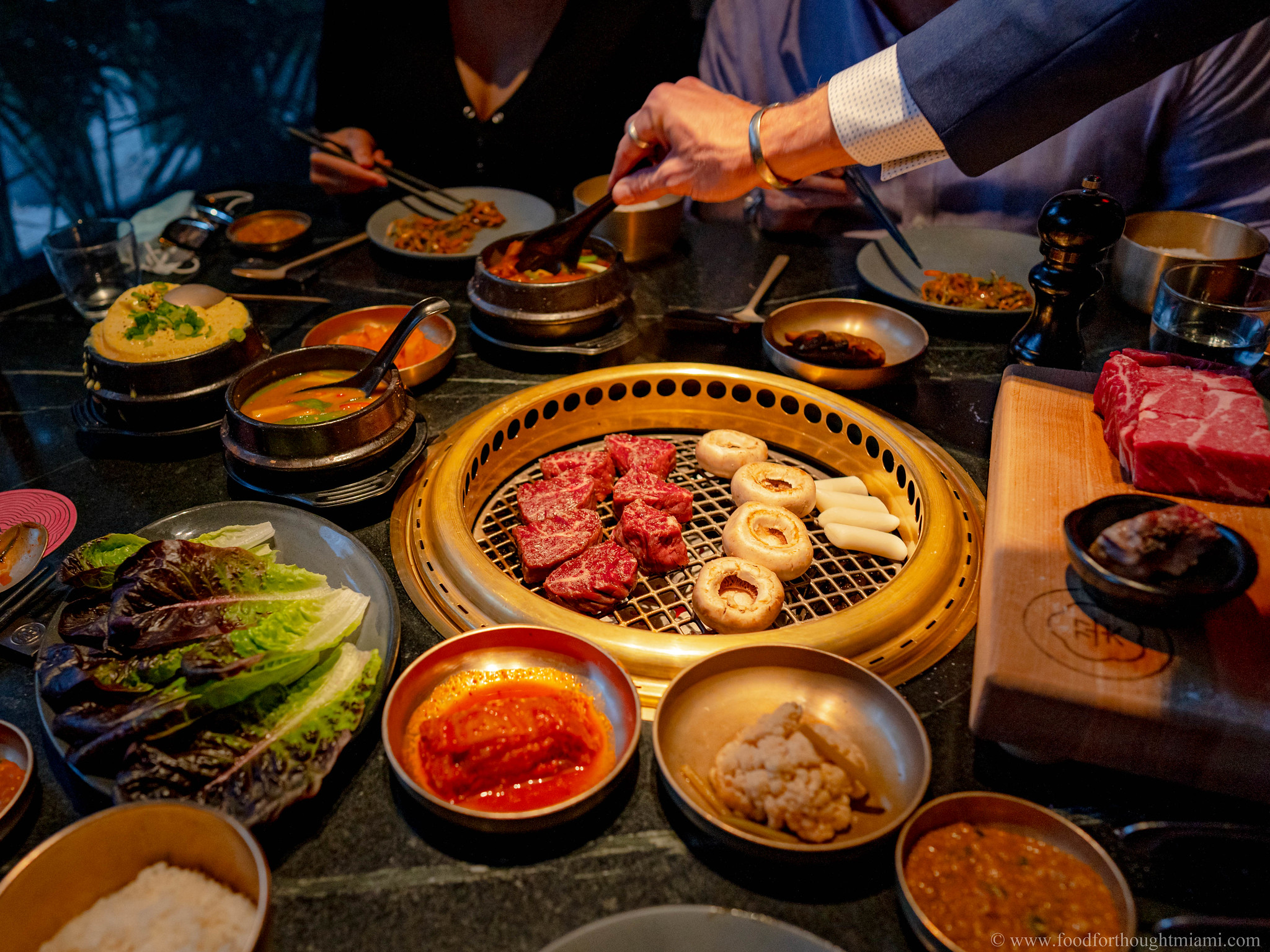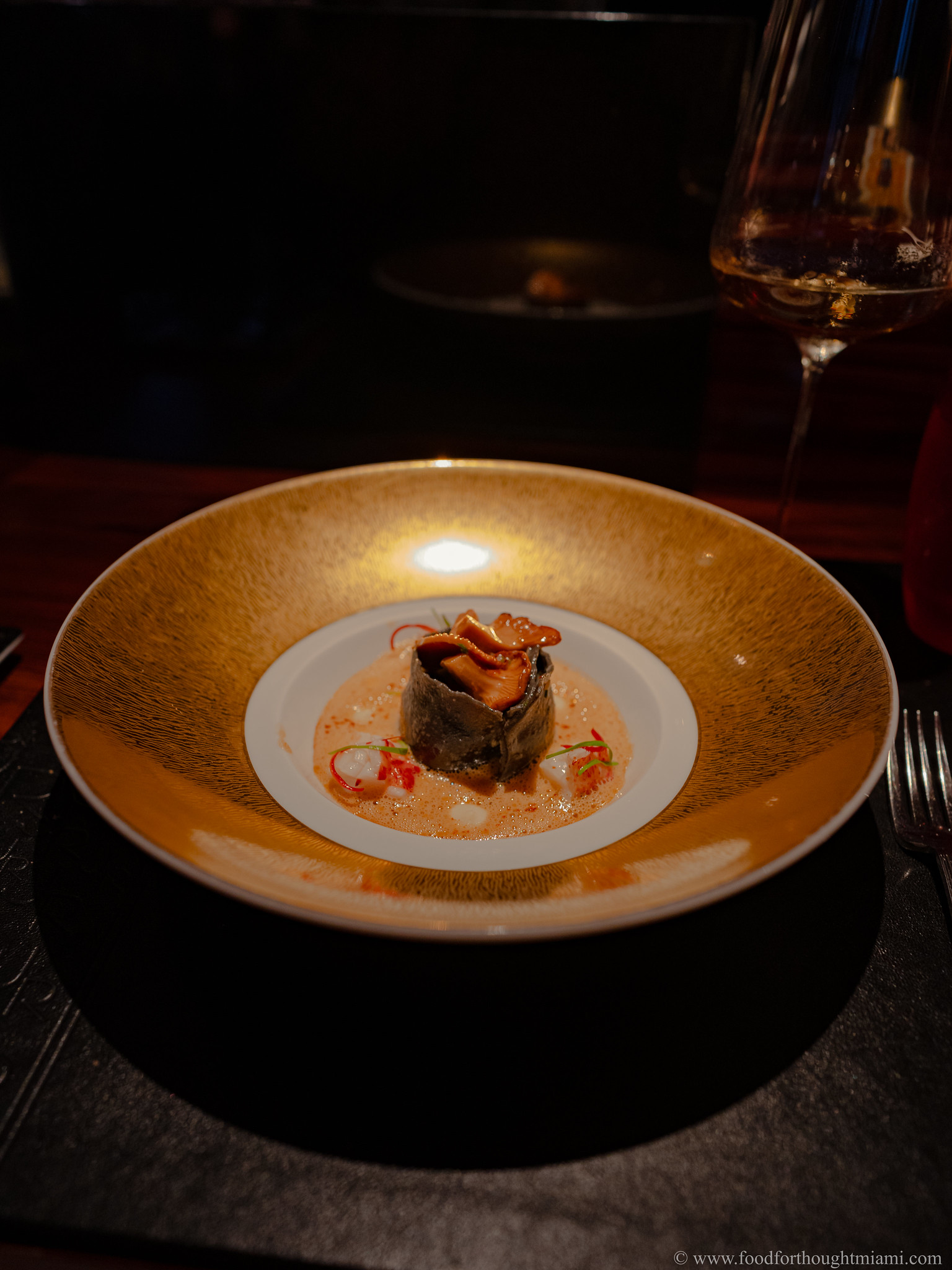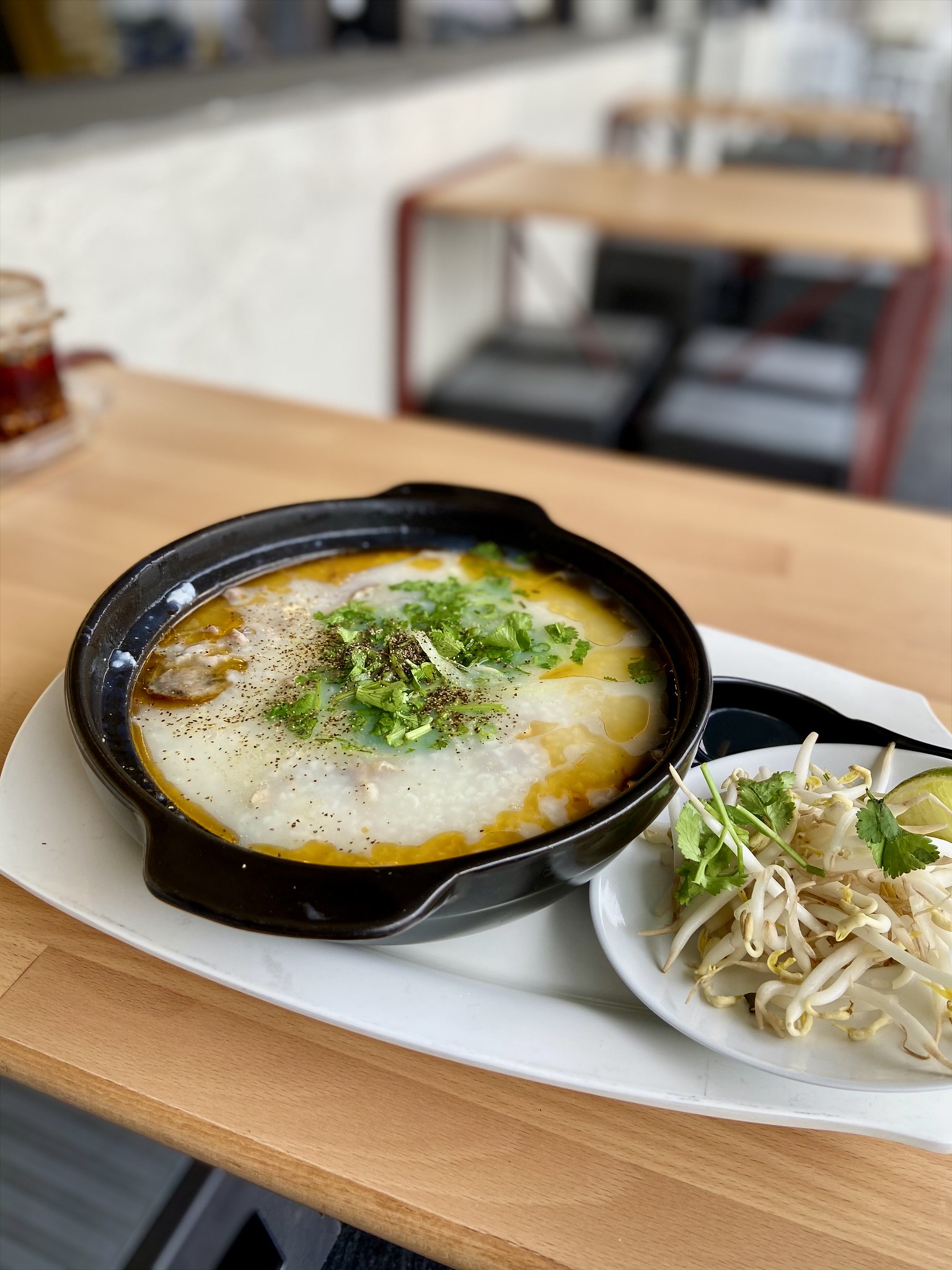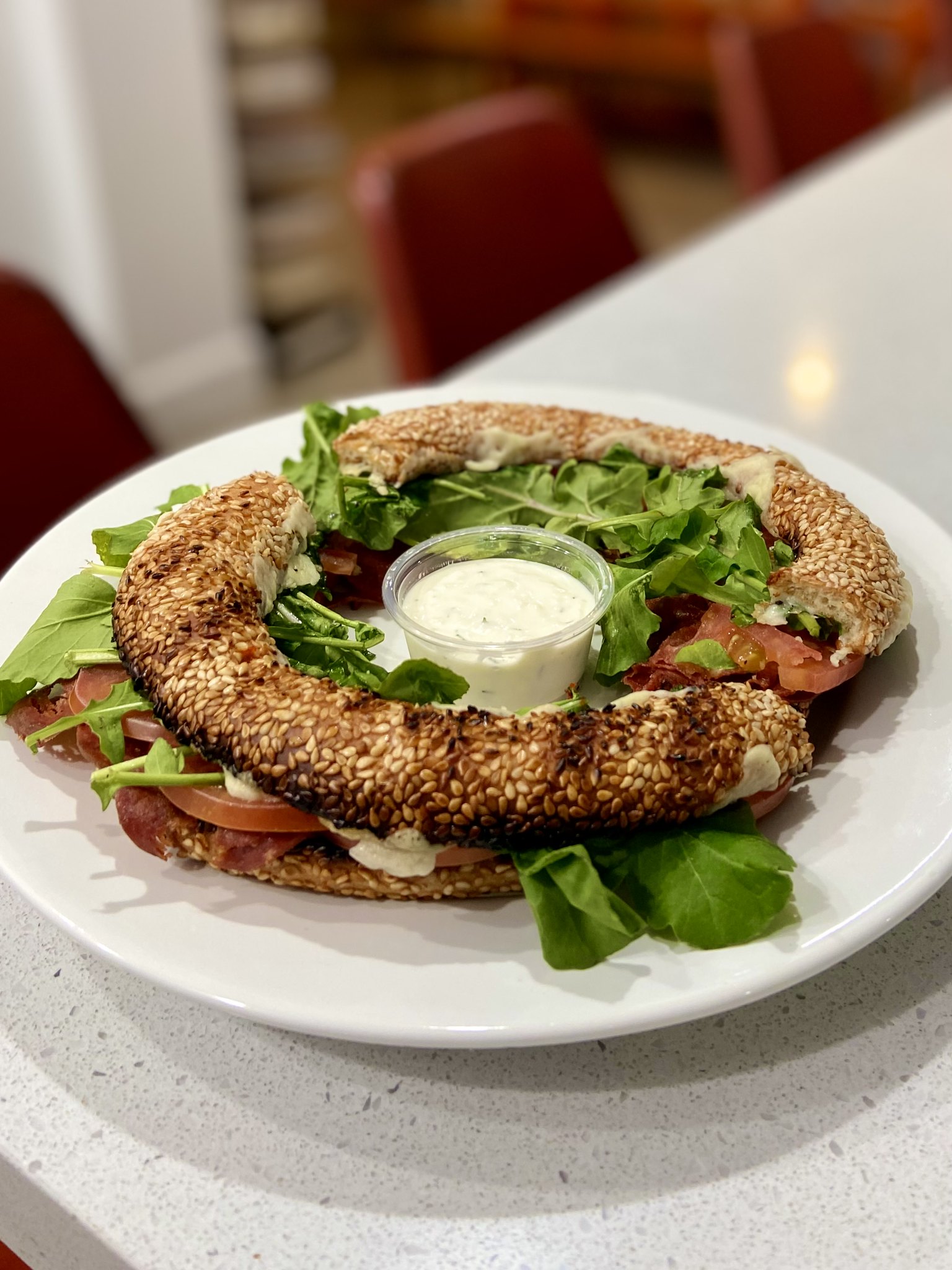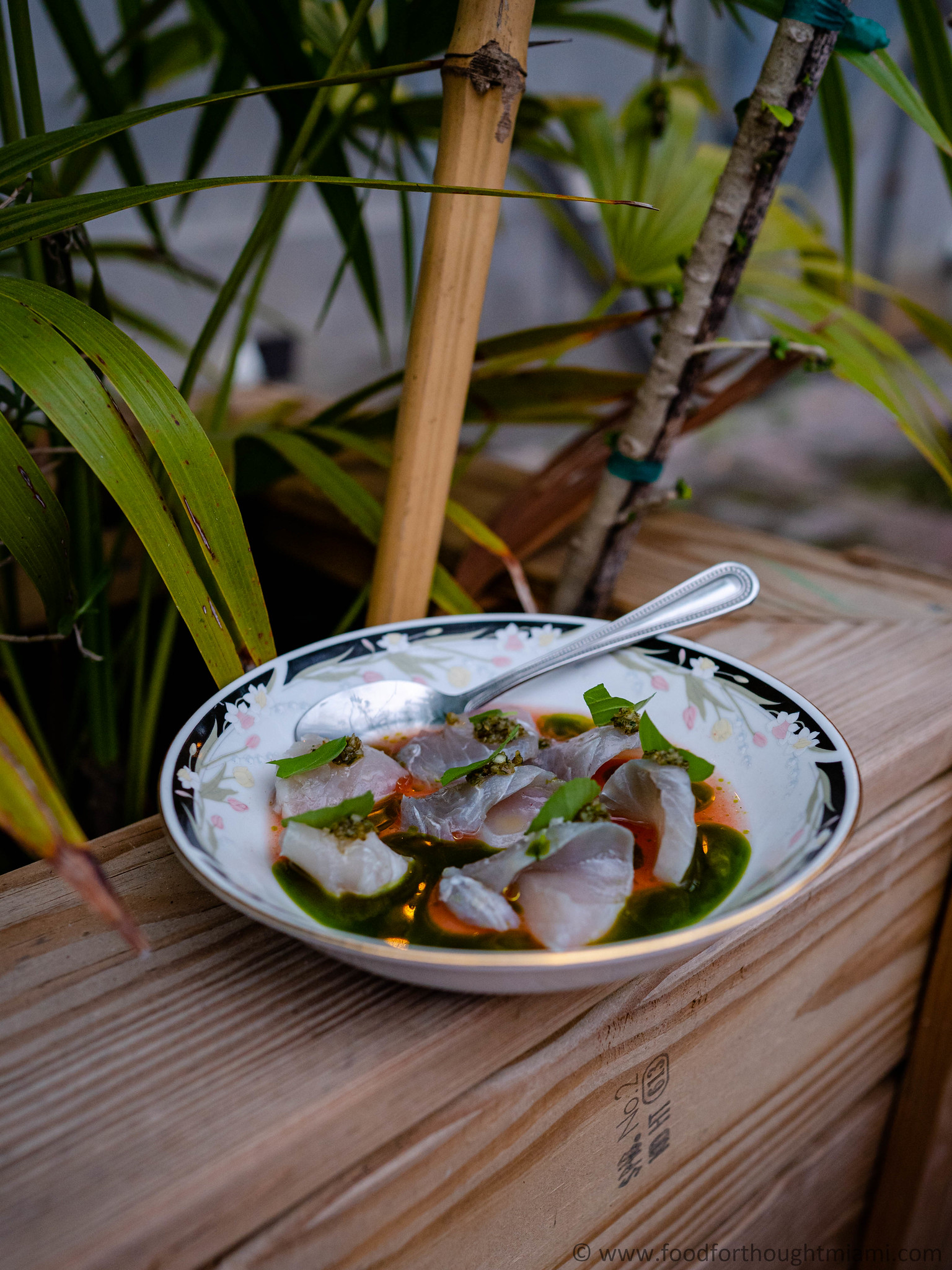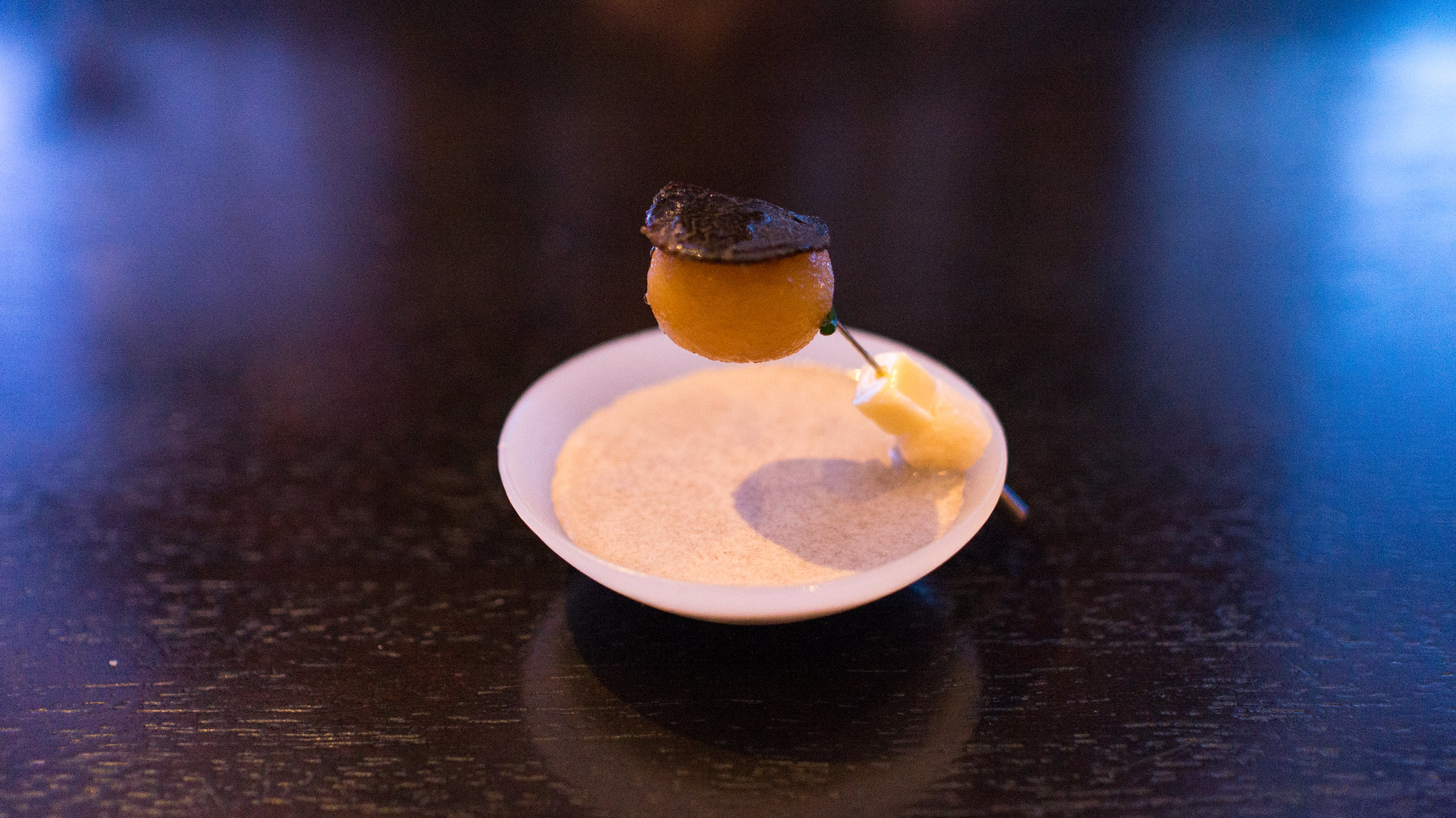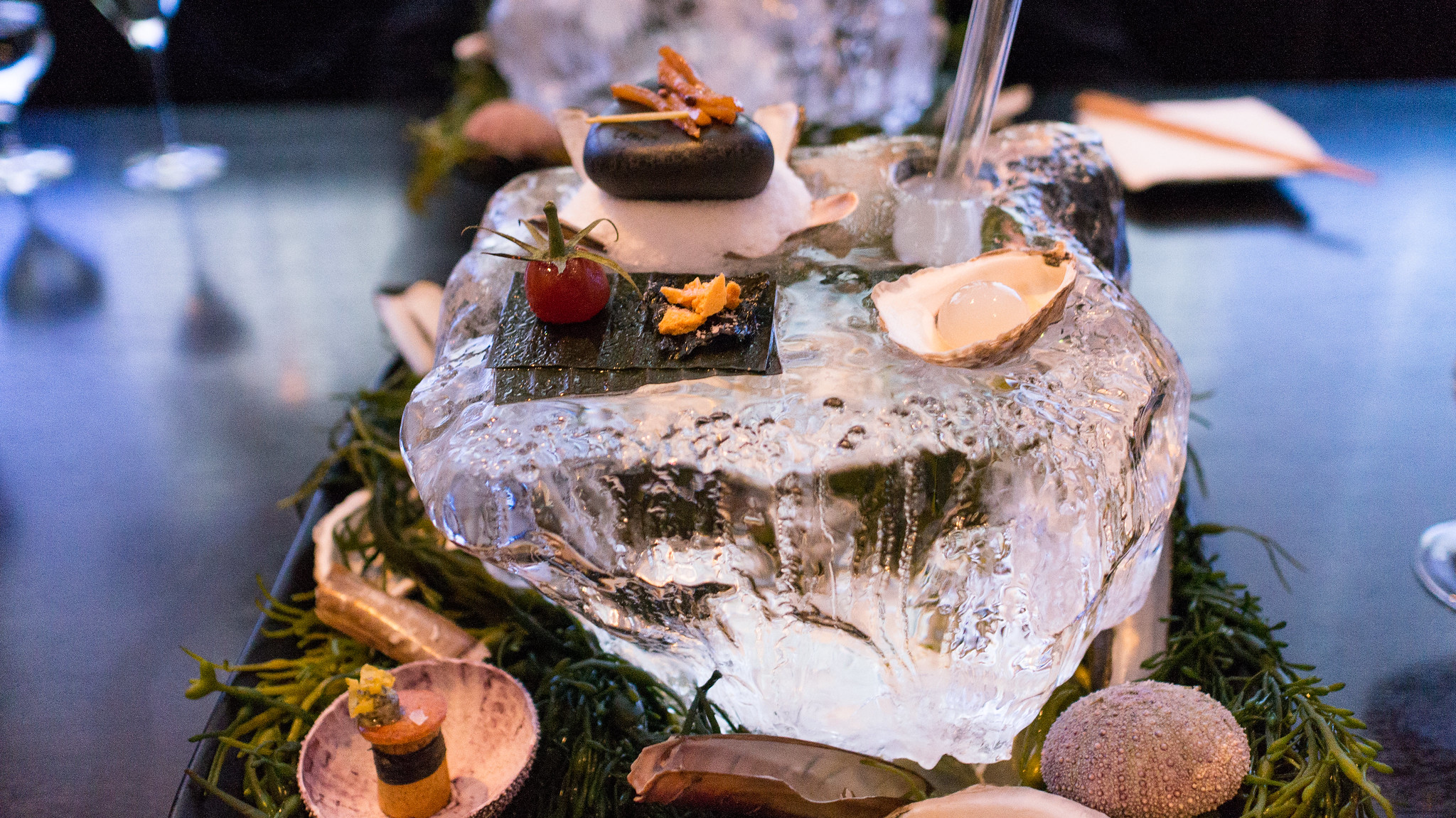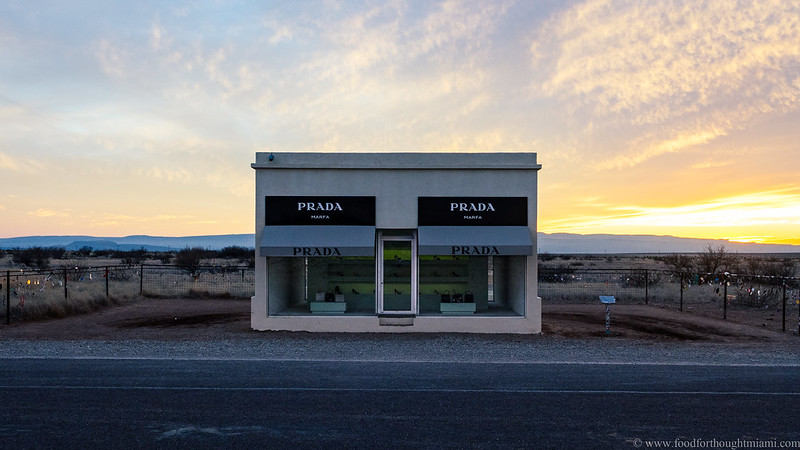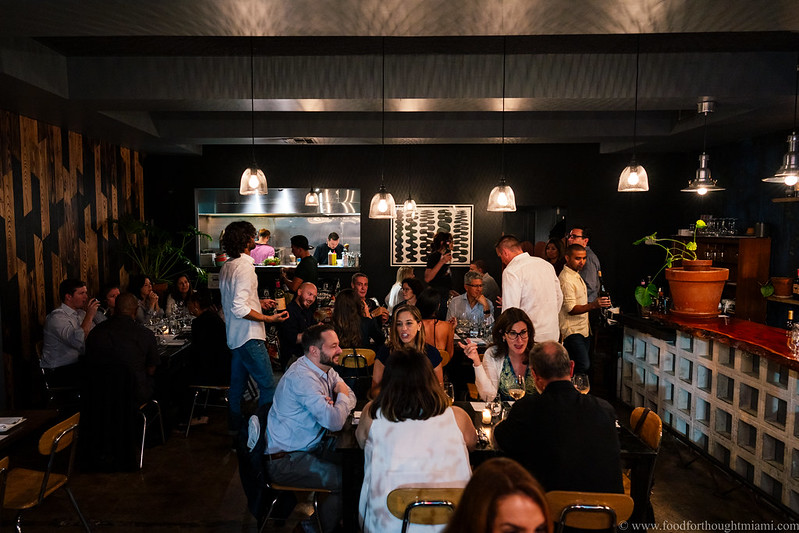What would you say if I told you there was a tiny place, in a little strip mall somewhere in Miami, that was turning out incredible, creative, beautiful Japanese dishes like nothing else you will find in this city? That they were flying in fish overnight from Japan or buying it that day from fishermen at Haulover Marina? That they did only an omakase menu, followed, if you're still hungry, by the chef's choice of beautifully pristine sushi until you say "uncle"?
No way?
NAOE.
A couple weeks ago while surfing
OpenTable, I saw a new name on the list of restaurants. The description was intriguing:
Brand new to Sunny Isles Beach, Chef Kevin Cory specializes in natural Japanese Cuisine at NAOE. Every Wednesday through Sunday from 7pm - 1am, Chef Kevin Cory serves a unique Chef's Choice menu.
Looking over the website for NAOE, I learned that Chef Cory had trained in Japan at a traditional kaiseki restaurant, and returned to the States in 2001 where he took over the sushi bar at Siam River, a then-undistinguished Thai restaurant along the eastern stretch of the 163rd Street Causeway. Chef Cory's work with the sushi bar at Siam River earned him many fans, and apparently a couple years ago he got the ambition of running a place entirely his own. He opened NAOE about a month ago and it is undoubtedly one of the most unique restaurants I have eaten at in Miami.
It is a small but quietly elegant space, done mostly in shades of grey, brown and black with soft lights throughout (of course you have to recognize that I see nothing inelegant about an open kitchen literally stacked with shining stockpots, pans and steamers). There are 17 seats total, roughly half of which are at a beautiful blond wood bar which faces the open kitchen. The bar - made from hinoki wood, the same wood used for Japanese temples, this stuff sourced from Oregon - is sanded down with a small file every week. The entire restaurant staff consists of two people - Chef Cory (whose business card reads "executive chef, general manager & dishwasher") and Wendy Maharlika (that's who was listed on our receipt as "server", but her business card ought to read "maître d', hostess, sake sommelier, and public relations liaison"). We were the only ones there when we arrived around 9pm, but another couple came in shortly after. The location is a tiny little strip mall on the 163rd Street Causeway right before it connects with Collins Avenue on the beach side.
[1] You could easily drive by a dozen times without ever noticing it.
You are given a small menu, but there are no choices as to what food to order. Rather, there are about a half-dozen choices of sake, all produced by
Chef Cory's family in Japan, including junmai (organic to boot), ginjo, and daiginjo styles. There's also Sapporo beer - on tap! - and a couple non-alcoholic choices, including one of our kids' favorites,
Ramune soft drink. For the food, you must put yourself entirely in the chef's hands, with only an inquiry as to food allergies before he gets to work.
Given the minimal staffing, obviously the cooking is entirely a one-man show. We watched as Chef Cory began his prep, meticulously fileting a small locally sourced Spanish mackerel (a/k/a sawara) and then slicing and arranging small strips. As he continued his preparations, our anticipation began to build. I had initially anticipated a series of small dishes like a tasting menu, but instead they explained that the service is bento box style with all the dishes presented together.
After about 20-30 minutes - during which our hostess conscientiously made sure our sake glasses never went dry, gave us some of the backstory on herself and Chef Cory, and showed us the future plans they have for the restaurant space - we were presented with two covered wooden boxes which were simultaneously unveiled before us. Alongside was a small covered bowl of soup.
The contents were just magnificent, at least if you're an adventurous and open-minded eater. The bento was divided into four compartments:
- aji (horse mackerel), in a small bowl with a dab of wasabi paste (made not from the stuff in a tube but from freshly grated wasabi root supplemented with some horseradish), along with wasabi leaves and flowers. The aji's slight oiliness was nicely offset by the piquancy of the wasabi. The wasabi leaves and flowers - which I've never seen before - have the flavor of wasabi without the heat, providing a nice contrast and a texture similar to the smallest florets of broccoli rabe.
- home-made egg tofu, beautifully silky and rich like a custard, topped with an uni (sea urchin roe) sauce with a delicate, almost peachy flavor, and crowned with a nasturtium flower.
- a small little bowl carved from a turnip, filled with cubes of cooked turnip and rich, delicious ankimo (monkfish liver); alongside was a marinated whelk (sea snail), removed from its shell and then replaced for service, along with a small "cracker" of kohada (gizzard shad),[2] basically the frame (bones and tail with a little bit of attached meat) quick-fried, the entire thing crispy and edible, together with a couple little dumplings of parsnip with potato and seaweed.
- a rice dish made with sardine and portobello mushroom, not at all overwhelmed by the sometimes strong taste of sardine, pleasantly dry and crispy and molded into the shape of a star or flower, and topped with slices of pickled daikon (daikon nukazuke, pickled in rice bran). Chef Cory is working on doing these in-house as well but they're not ready yet.
The soup was dashi-broth based but gelatinous and dense (thickened with kuzu) and carried the flavor of a cage-free chicken egg yolk that was poached in the broth (mine hardened to hard-boiled because I saved my soup for the end), and another tongue of uni floating within along with a fiddlehead fern.
The price for this fantastic little assemblage? $26.
After what we'd experienced so far I definitely wanted to try more. Chef Cory then moved us on to nigiri, serving two pieces at a time until we'd had enough. He started by first getting warm rice, and put some into a small wooden bowl with just enough for our service. We were started with salmon belly, a couple pieces for each of us cut from a beautiful slab of Scottish salmon which was immediately wrapped back up in plastic wrap and stowed away again in the fridge. The nigiri were quickly shaped with the warm rice, presented to each of us on small wooden boards, and given a delicate brushing of a shoyu-based sauce the chef has prepared himself to perfectly match the sushi. The salmon was wonderfully fresh and rich, and the contrast of the cool fish against the still-warm rice was just magnificent.
Knowing there was kohada in the house, I couldn't stop there. The next round of nigiri was the kohada, which Chef Cory brings in fresh from Japan and does a light vinegar cure himself in-house. The fish - which has beautiful silver skin speckled with black dots - was cut into strips and braided. One of my favorite things, and one that I've not been able to find elsewhere in Miami.
Next - and finally, for us, though I didn't really want to quit - was aori ika, a big squid brought in fresh (our hostess showed us a picture of the squid with its suckers still holding onto the cutting board). It is lightly salt-cured, with a small bed of finely shredded nori over the rice, and then the squid topped with a tiny yellow flower. Unlike any squid I've ever had before, this had a soft, almost creamy texture, rather than the bounciness you usually associate with squid.
Though we didn't try it during our visit, our hostess advised that Chef Cory does his own in-house "bbq" eel - unlike the pre-packaged eel you will find at most sushi places, he brings the eel in fresh and cooks it and makes his own sauce from scratch.
Everything we were served was elegant and beautiful, but most of all, delicious. The ingredient list here reads eerily like a list of my personal favorites (uni, ankimo, kohada, aji ...) but Mrs. F, who is not nearly as partial to these kinds of things as me, thoroughly enjoyed it as well. Chef Cory said that he tries to not give diners too much of a preview, so that they do not write off things before they've tried them.
This was, quite simply, one of the most unexpected and special dining experiences I've had in Miami in quite some time. The food was creative and delicious with adventurous and magnificently fresh ingredients. The chef and hostess were earnest, friendly, and absolutely charming. I enjoyed this so much, and was so pleasantly surprised, that I was afraid to go to sleep last night for fear that it would all turn out to just be a dream.
I will go back soon just to make sure.
Note: For pictures from a subsequent meal at NAOE, go here.
NAOE
175 Sunny Isles Boulevard
Sunny Isles Beach, FL 33160
305.947.6263
Wed-Sun 7pm - 1am
[3]






